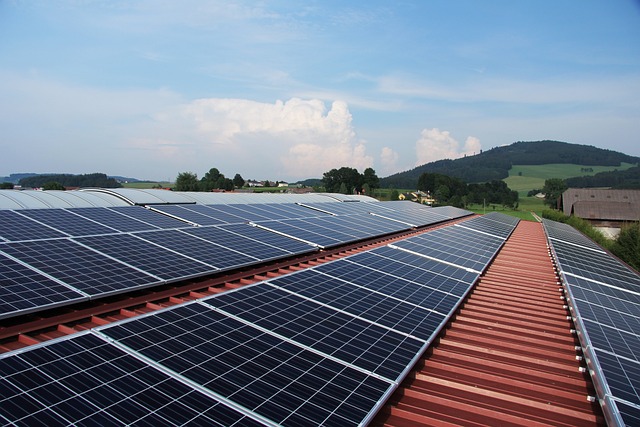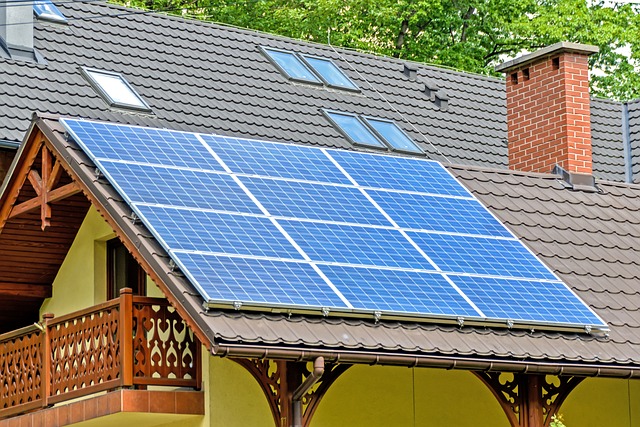One of the key questions you’ll most likely ask when going green on the island is how long do solar panels last in Hawaii?
Hawaii’s stunning beaches, vibrant culture, and commitment to using renewable energy sources make it a well-liked vacation spot. Solar panels, which use the islands’ abundant sunshine to power homes and businesses, are the most noticeable of them. But given Hawaii’s particular climate, how long do these solar panels last? In this blog post, we’ll delve into the factors influencing the lifespan of solar panels in this idyllic environment.
How Long Do Solar Panels Last In Hawaii?
Read on to find out how long solar panels last in Hawaii:
The Hawaiian Sun and Its Impact
Hawaii’s year-round sunny climate is a boon for solar energy production. With approximately 278 days of sunshine each year, solar panels in Hawaii experience consistent exposure to sunlight. Unlike areas with harsh winters or frequent cloudy spells, Hawaii’s solar panels face fewer instances of wear and tear due to extreme weather conditions. This, in turn, contributes positively to the panels’ overall lifespan. Advantages of solar power in Hawaii.
Quality and Durability
Solar panels’ quality and durability have a big impact on how long they last. High-quality panels frequently have warranties of 20 to 25 years. These panels can endure environmental pressures. Many of the solar panels used in Hawaii are made to withstand corrosion and the salty air near the ocean. This is a crucial factor for an island state which is home to the sea.

Maintenance and Upkeep
Regular maintenance plays a pivotal role in ensuring the extended lifespan of solar panels. Fortunately, Hawaii’s mild climate means that panels will not experience harsh temperature fluctuations, which can cause expansion and contraction, potentially leading to damage. However, occasional cleaning to remove dust, dirt, and debris is still recommended, especially for panels in dusty or volcanic areas. Regular inspections by professionals can also help identify and rectify any issues promptly. Here’s how residential solar panels in Hawaii increase property value.
Humidity and Moisture
Hawaii’s humidity levels can sometimes be high, especially during certain seasons. While modern solar panels are designed to withstand moisture, prolonged exposure to humidity might lead to corrosion or electrical malfunctions over time. Proper installation and occasional checks for moisture buildup can mitigate this concern and ensure the panels’ continued efficiency and longevity.
Wear and Tear
The Hawaiian Islands residents enjoy the tropical breeze that provides a natural cooling effect. However, this breeze can also carry abrasive particles that might lead to minor scratches on the surface of solar panels. These scratches, though usually harmless, can accumulate over the years and potentially reduce the panels’ efficiency. Regular inspections can help detect any visible signs of wear and tear, ensuring timely maintenance.
Technological Advancements
Newer panels are made with improved efficiency and durability as solar energy technology continues to advance. This is fantastic news for Hawaii residents and companies considering solar energy investments. After a few decades, upgrading to newer, more sophisticated panels can not only prolong the advantages of solar energy but also guarantee improved performance over time. Read about these relevant tips for installing solar panels in Hawaii.
How Long Do Solar Panels Last In Hawaii?
In Hawaii, solar panels benefit from a good atmosphere that increases longevity. Solar panels here have the potential to last for several decades thanks to the abundance of sunshine, the pleasant climate, and cutting-edge technology. Hawaiians may continue to enjoy the advantages of clean and sustainable energy while taking in the natural beauty of their island paradise by investing in high-quality panels, performing routine maintenance, and remaining up to date with technology advancements.

